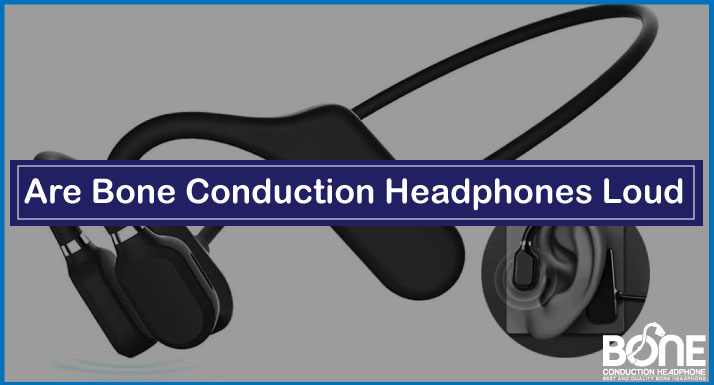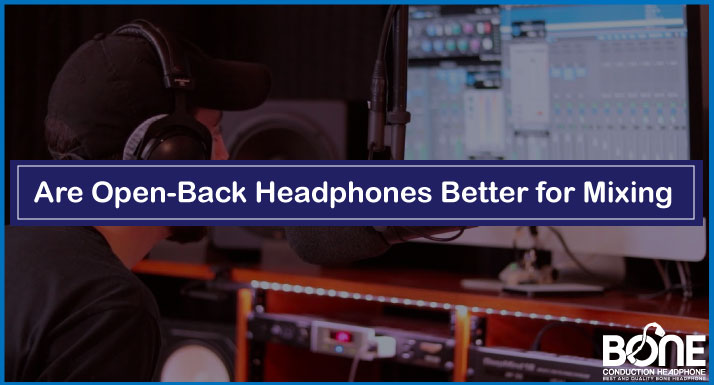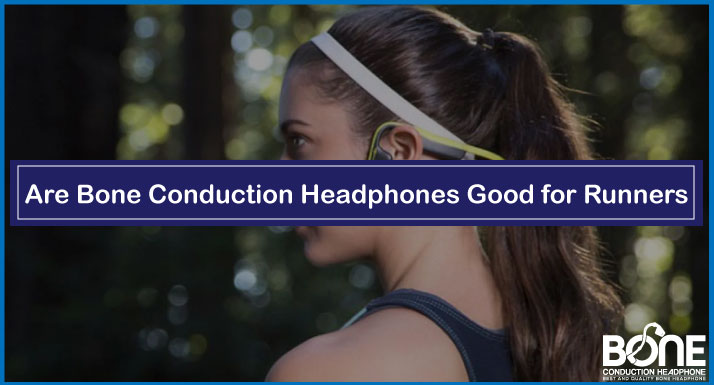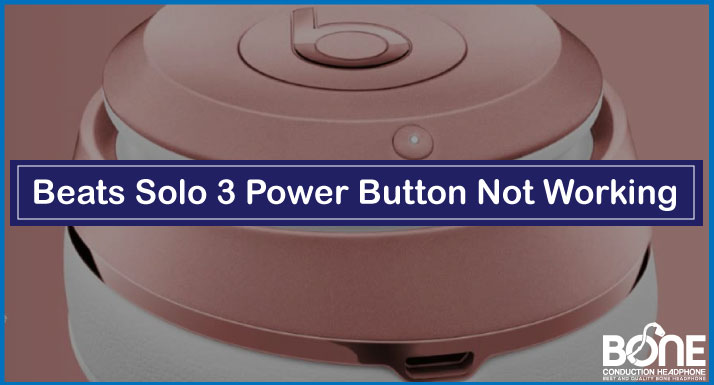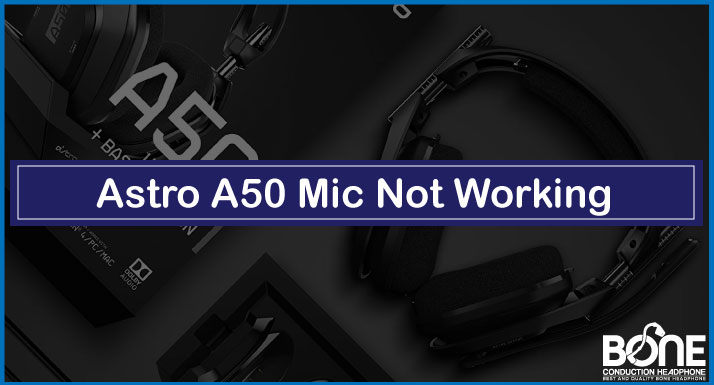Bone conduction headsets continue to be popular as more people use them. I’ve been using Shokz bone conduction headphones for quite some time now, and I love the new ideas they suggest. Many people on social platforms like Reddit often ask me How Do Bone Conduction Headphones Work Reddit? So, I thought of creating a comprehensive illustration of the working of bone conduction headphones.
Ever wondered what do bone conduction headphones do? Don’t worry; you will learn everything in this piece. In this article, I will describe all the details of how bone conduction headphones are different from regular headphones. Moreover, later in the article, you will learn about the effectiveness of these headsets as hearing aids or for deaf people. Before getting into the working, let’s know what bone conduction phenomena are.
What is Bone Conduction Hearing Mechanism?

By using the skull bones rather than the eardrums to transfer sounds, the bones of the skull are used to transfer sounds to the inner ear, and the cochlea picks up on vibrations and sends signals to the brain.
When any device vibrates the skull, the fluid-filled chamber and basilar membrane sense the vibration. It will bypass the outer ear and middle ear altogether, so for this reason, bone conduction headphones are a reasonable option for people with conductive hearing loss.
How Do Regular Headphones Work?

When it comes to regular headphones, the sound vibration enters the ear from the outer ear and moves through the ear canal to reach the eardrum. After hitting the eardrums, this vibration moves to the cochlea, which is the inner ear, through three middle ear bones.
In the cochlea, different structures include the three fluid-filled chambers, basilar membrane, and other cells. The main thing that cochlea does is to change these vibrations into the electric impulse. The electric impulse then sends the signals to the auditory nerve in the brain, where all the decoding is done to make these impulses hearable.
How Do Bone Conduction Headset Work?
Bone conduction headphones transmit sound waves through a person’s bones instead of their ear canals. It allows the user to listen to the audio with their ears free, as the skull bones vibrate to increase the volume of the audio waves. Hearing impairments or people who require awareness of their surroundings may benefit from this technology.
Through the bone conduction method, a transducer converts audio data into vibrations. After that, these vibrations travel through the body to the cochlea.
Tidbit: Cochlea is a structure within the ear responsible for transmitting information to the brain through the auditory nerve.
By contrast, standard headphones transmit sound through speakers within or above the outer ear. In technical terms, sound is nothing more than vibrating particles. Besides traveling through solids and liquids, sound can travel through vibrations in the air.
Therefore, flesh and bone may act as mediums that transfer these particles within solids and are capable of vibrating. Solids transmit sound more efficiently than air or water because of the tightly packed particles. So, solids are the most efficient conductors of sound, followed by water and air, which are made up of looser particles.
How are Bone Conduction Headphones Comfortable and Ideal for Outdoors?

A primary benefit of bone conduction headphones is that they are mounted on the side of your head, so there is nothing in your ear or head that may be uncomfortable. Anyone who owns earbuds knows they are inconvenient, not entirely hygienic, and are not always comfortable. While the sound quality of earbuds is still good, they can be uncomfortable to use for a prolonged period.
Many people, however, still prefer traditional headphones, which sit on the head and cover the ears. This type of headphone is unsuitable for outdoor activities due to its bulky design and heavy weight. Moving around can become highly aggravating when you exercise more than a light jog.
Further, they can block out external noise, which is beneficial in several respects, but less so if you wish to stay informed about what is happening around or behind you. Although bone conduction headphones are advantageous, it is essential to note that if someone wears them for too long, they will become fatigued.
Even the best headphones in the world are not suitable for everyone, regardless of their quality. You should test out bone conduction headphones first to ensure they are comfortable. There is a substantial market for headphones, probably because it is a subjective matter and everyone has different needs.
How Bone Conduction Headphones Are Effective Against Ear Damaging?

One of the benefits of bone conduction headphones is the reduced risk of damage to your hearing. Since your eardrums are immediately next to the music, it is easy to overlook the potentially harmful effects of making your music louder than necessary.
However, the adverse effects of a disease are not always readily apparent until after considerable damage has been inflicted. There is a reduced impact on the inner ear with bone conduction headphones since they have an external mounting.
While bone conduction headphones do not sit directly in your ears, they can still cause problems if you overdo the volume, even if they are not correctly seated. So, use bone conduction headphones in moderation.
Do bone conduction headphones work with hearing aids?

The bone conduction headphones work perfectly fine with the hearing aids. I experimented the use of bone conduction headphones with people with using aids and found out that:
People that wear in-ear hearing aids did not have any problems as bone conduction headsets do not use the outer and middle ear as the primary transmitting source.
On the other hand, the people with the hearing aid behind the ear showed little concern about comfort. It caused discomfort, and they eventually became irritated because the headphones and aid stroked against each other.
Do bone conduction headphones work underwater?

Have you ever worn your regular headphones for swimming? Sound needs to travel through a medium that is mainly air, but when it comes to bone conduction headphones, they don’t need air. What do they need, then?
Bone conduction headphones travel through the skull, and it works fine underwater. I have used Aftershokz Xtrainerz and Naenka Runner Diver Bone Conduction Headphones, which worked great for my swimming routine. The IP68 rating of these headphones makes them capable of bearing the water strain and enjoying my favorite music while swimming.
Bone Conduction Headphones Pros and Cons
When I used different bone conduction headphones for running and my cycling routine, I learned and experienced the advantages and disadvantages of bone conduction headsets.
Pros
- I have been experiencing tinnitus, and after using bone conduction headphones tinnitus solved the problem.
- Bone conduction headphones offer the facility to know the surroundings while listening to music.
- It keeps my ear clean and avoids any wax or sogginess.
- These are the perfect choice for any person facing partial hearing loss or one-sided deafness.
- I can use them underwater also while swimming.
Cons
- They are much more expensive than my other headphones, Beats or Bose.
- The quality of sound is undoubtedly lower than the bass-filled headphones.
- Regarding battery life, they are not as good as regular headphones.
- People around you can hear when the clamping force is not correctly adjusted.
- If you are a new user, you can get uncomfortable wearing on the jaws or skull.
- When you raise the volume, the vibrations on the skull cause distress.
Do bone conduction headphones work for deaf?
There is some evidence that bone conduction is beneficial for specific causes of deafness. However, most can be fixed through surgery, and most deaf people have no real benefit from bone conduction. In congenitally deaf people, the problem is in the inner ear, the auditory nerve, or the brain’s processing centers, so that a bone conduction hearing aid won’t help.
Despite their deafness, many adventitiously deaf people have conductive losses. For example, bone conduction aids may be helpful during otosclerosis if the damage is in the ear canal.
Note: Do visit the audiologist before using any device.
Additionally, bone conduction headphones benefit people who suffer from problems such as blocked outer ear canals, no opening in the ear canal, and damaged auditory ossicles.
Do bone conduction headphones work with glasses?

They reduce the sound a little bit, though not enough to cause me any problems, and I wear them with regular glasses and sunglasses every time I go outside. There is an adjustment period to get used to the added pressure on your glasses, but they work great.
I usually just put them over the headset to improve the sound. In conclusion, bone conduction headphones work well with glasses; whether you put them first or headphones first, they are comfortable with glasses.
Frequently Asked Questions (FAQs)
Are Bone Conduction Headphones Safe When Jogging Outdoors?
Who Should Wear Bone Conduction Headphones?
Do Bone Conduction Headphones Work With Earplugs?
Conclusion
In this article, I have described the complete working of bone conduction headphones. In addition, there is a listing of the pros and cons of bone conduction headsets. The device was designed to facilitate people with hearing conditions. It was a great invention, turning out to be a huge hit. You can also learn from the different queries related to the underwater use of the headset and the usability of the glasses with the bone conduction headphones.

